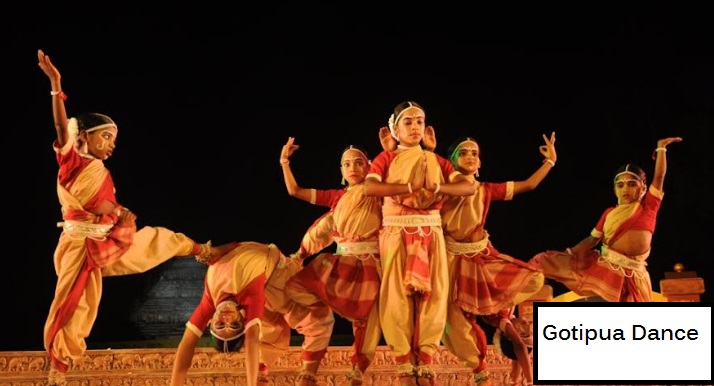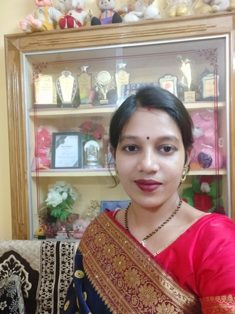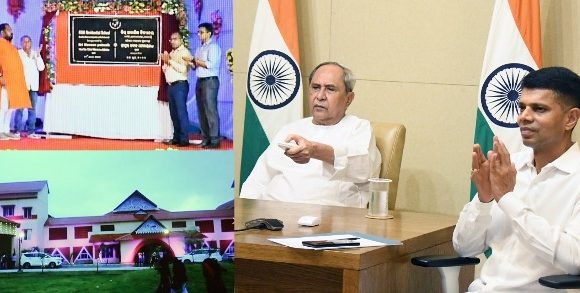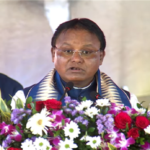Goti Pua dance of Ganjam: Preserving Tradition with Grace

By Dr. Sonali Sahu
The Goti Pua dance, a traditional art form from the Ganjam district of Odisha, holds a unique place in India’s rich cultural tapestry. Known for its distinct blend of acrobatics, graceful movements, and devotional expressions, the dance form is believed to be the precursor to the classical Odissi dance.
Performed by young boys dressed as women, Goti Pua offers a glimpse into a time-honored tradition that continues to thrive despite the challenges of modernity.
Historical Roots and Cultural Significance
The origins of Goti Pua can be traced back to the 16th century during the reign of Raja Mansingh, a general of Emperor Akbar. The dance was introduced to promote devotion and spirituality through movement and music.
Goti Pua dancers were traditionally associated with the temples of Odisha, where they performed to honor Lord Jagannath, the presiding deity of the state.
The term ‘Goti Pua’ literally means ‘single boy,’ reflecting the practice of young boys performing the roles of both male and female characters in the dance. This tradition arose from a time when women were prohibited from performing in public. The young dancers, typically between the ages of 6 and 14, undergo rigorous training under the guidance of a guru, learning complex choreography, singing, and the art of storytelling through expression.
The Dance Form
Goti Pua is characterized by its intricate footwork, rhythmic patterns, and impressive acrobatic movements. The dancers wear elaborate costumes, often adorned with traditional Odissi jewelry and makeup, transforming them into striking feminine figures on stage. The dance routines are accompanied by live music, featuring traditional instruments such as the mardala (drum), harmonium, and cymbals, with the dancers themselves contributing to the vocal chorus.
A significant aspect of Goti Pua is its blend of devotion and entertainment. The performances often depict scenes from Hindu mythology, with the dancers embodying divine characters and retelling ancient stories through their movements. The acrobatic sequences, which include human pyramids, flips, and other gravity-defying stunts, add an element of athleticism to the otherwise graceful dance, captivating audiences of all ages.
Current Scenario and Preservation
Efforts In recent times, Goti Pua has faced challenges in retaining its relevance amidst modern entertainment options. However, thanks to the efforts of cultural organizations and dedicated practitioners, the dance form is witnessing a resurgence. Training centers and festivals across Odisha, including Ganjam, continue to promote Goti Pua, ensuring that younger generations remain connected to this cultural heritage.
The government’s initiatives to support folk arts, alongside community-driven programs, have also played a crucial role in keeping Goti Pua alive. Regular performances at cultural festivals, temple events, and even international stages have helped this traditional dance form garner global attention.
Conclusion
Goti Pua is more than just a dance; it is a living testament to Odisha’s artistic and spiritual legacy. In a rapidly changing world, preserving such traditions is essential to maintaining the cultural identity of regions like Ganjam. By nurturing and celebrating Goti Pua, we honor the rich history of our ancestors while ensuring that future generations can experience the beauty and devotion embedded in this unique art form.
As Odisha continues to embrace its heritage, Goti Pua will remain a symbol of grace, discipline, and devotion, forever etched in the cultural landscape of India.







